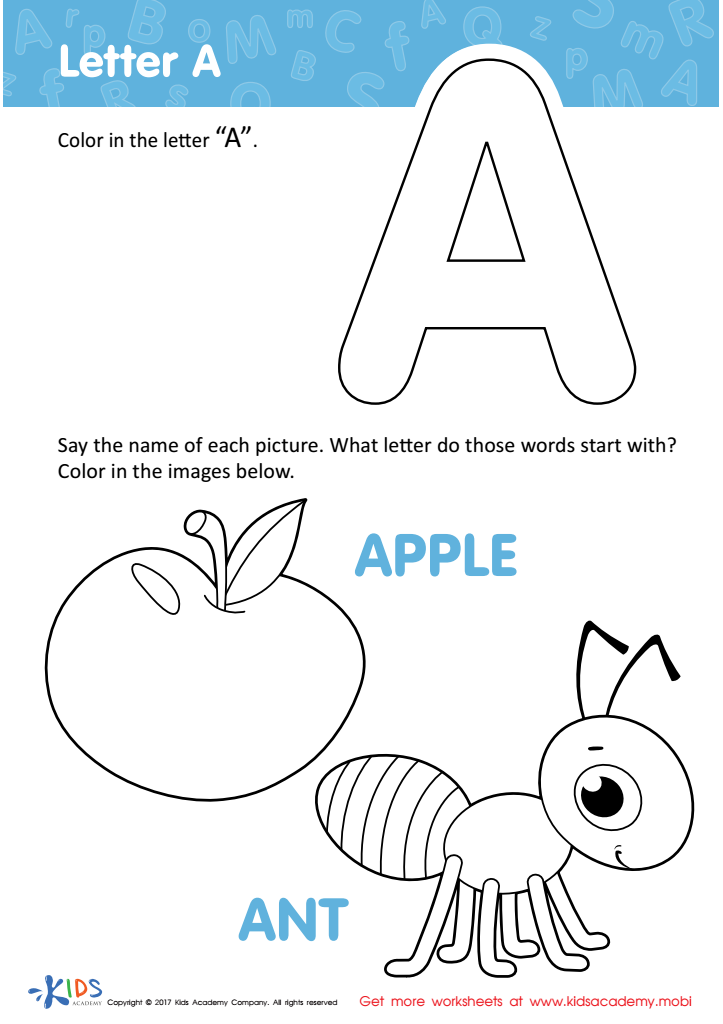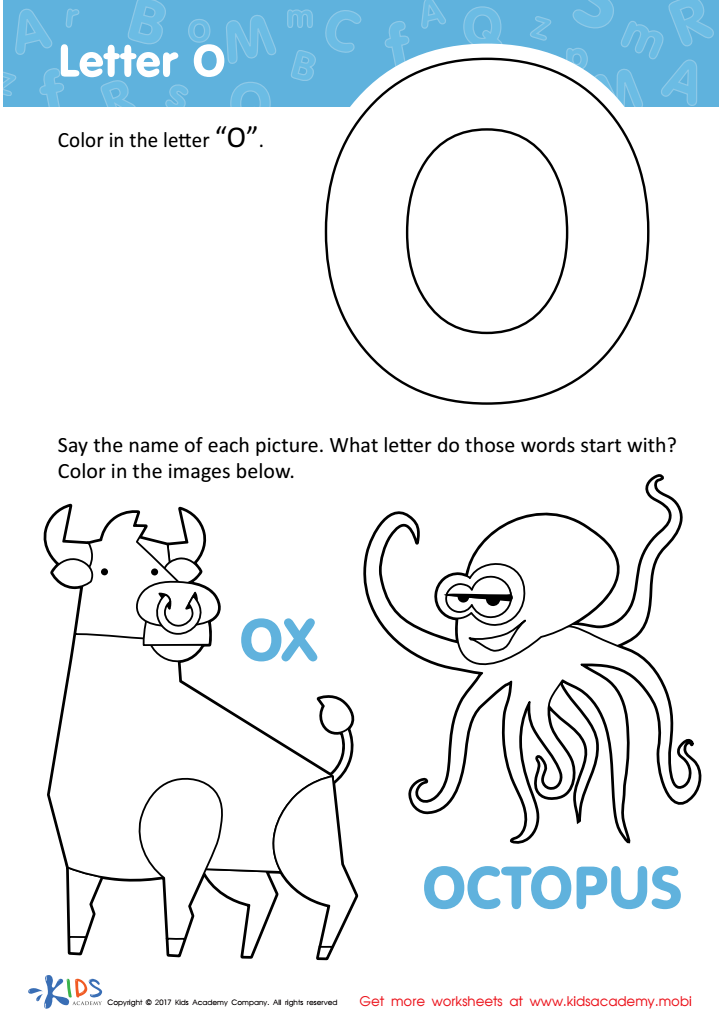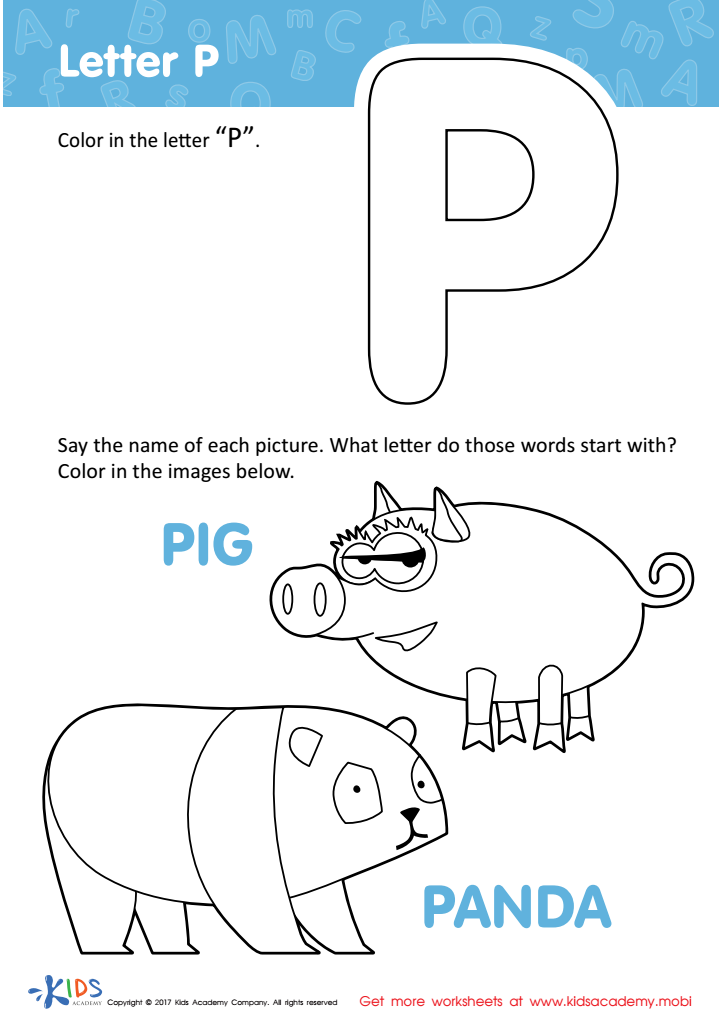Letter Tracing Letter Recognition Worksheets for Ages 4-8
6 filtered results
-
From - To
Discover our entertaining Letter Tracing and Letter Recognition Worksheets designed specifically for children aged 4-8! These engaging activities help young learners develop their handwriting skills while mastering the alphabet. Each worksheet promotes letter recognition through fun tracing exercises, allowing kids to strengthen their fine motor skills and boost their confidence in writing. Perfect for homeschool lessons or classroom use, our colorful, easy-to-follow worksheets make learning letters enjoyable and effective. Watch your child's skills flourish as they trace, identify, and become familiar with both uppercase and lowercase letters. Start their educational journey today with these delightful resources!


Letter A Coloring Sheet


Letter V Coloring Sheet


Letter D Coloring Sheet


Letter O Coloring Sheet


Letter P Coloring Sheet


Letter H Coloring Sheet
Letter tracing and letter recognition are essential skills for children aged 4-8, forming the foundation of literacy and effective communication. Parents and teachers should care about these fundamental activities for several reasons.
Firstly, letter recognition is crucial for reading development. Children who can identify letters and their sounds are more likely to become proficient readers, which directly impacts their overall academic success. Early exposure to letters assists young learners in linking sounds with symbols, paving the way for phonics understanding.
Additionally, letter tracing helps fine-tune fine motor skills and hand-eye coordination. During this developmental stage, children are honing their ability to hold writing tools and make deliberate movements, which is vital for not only writing but also engaging in various physical tasks throughout their lives.
Moreover, these activities foster a sense of achievement and confidence. As children progress in their letter recognition and tracing abilities, they gain a sense of mastery that boosts their self-esteem.
Lastly, creating positive associations with letters lays the groundwork for a lifelong love of reading and learning. By investing time in letter tracing and recognition, parents and teachers can effectively nurture essential academic skills while simultaneously supporting emotional and cognitive development.

 Assign to My Students
Assign to My Students




















